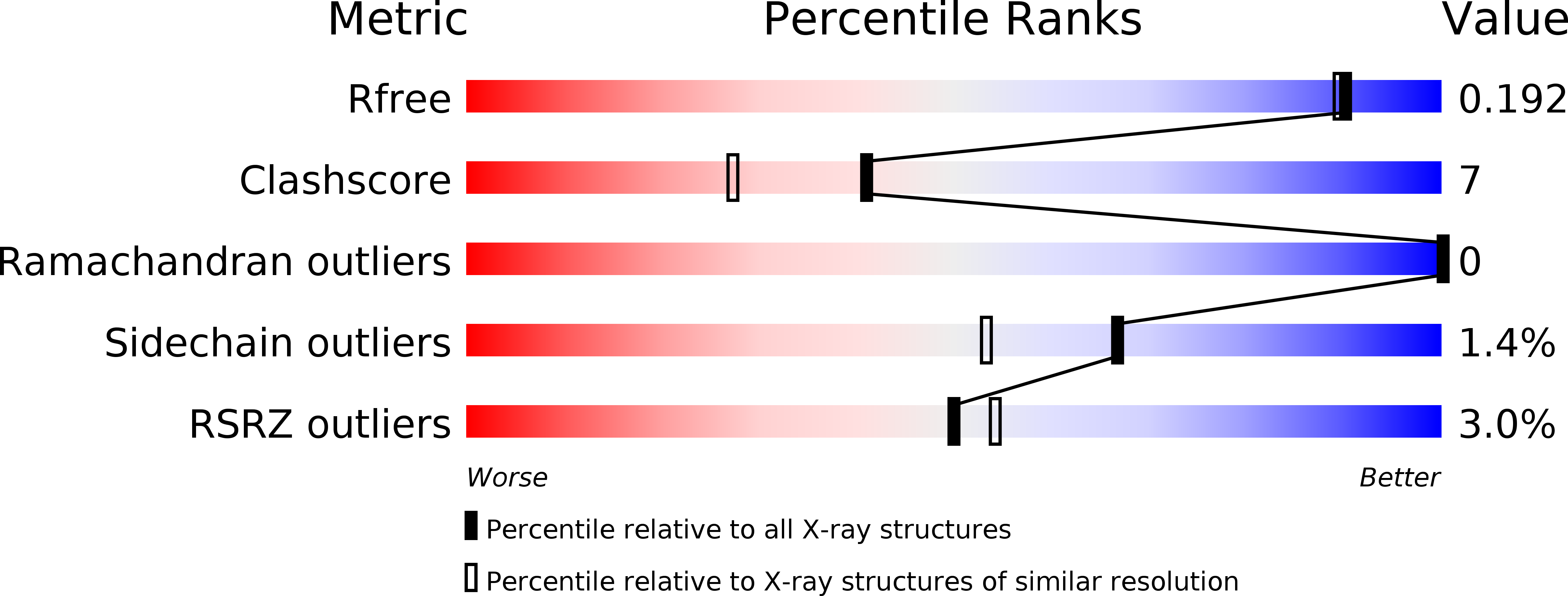
Deposition Date
2013-10-02
Release Date
2013-11-06
Last Version Date
2023-12-20
Entry Detail
Biological Source:
Source Organism:
THERMUS THERMOPHILUS HB8 (Taxon ID: 300852)
Host Organism:
Method Details:
Experimental Method:
Resolution:
1.70 Å
R-Value Free:
0.19
R-Value Work:
0.16
R-Value Observed:
0.16
Space Group:
P 21 21 21


